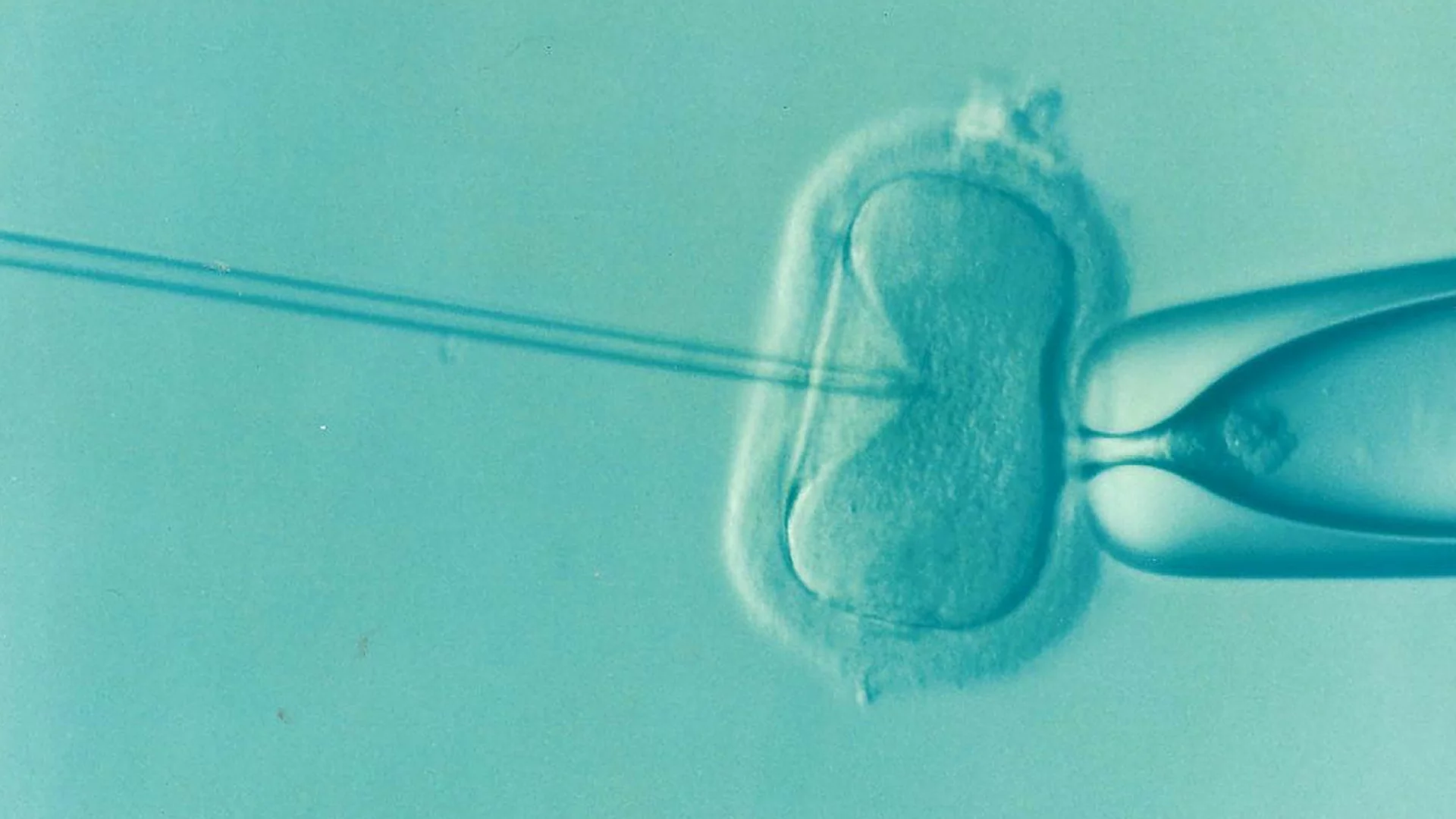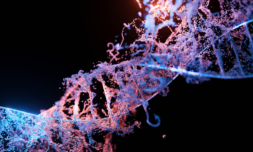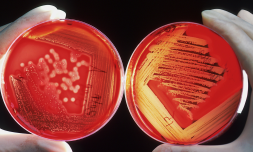The deliveries of eight infants in the UK via a three-person IVF technique have astonished the world. Nonetheless, its connection to a largely prohibited type of genome editing has raised concerns among the scientific community.
Science has once again expanded its frontiers in a landmark procedure that conceived babies via IVF through the DNA of three people. If you feel that this contradicts the fundamentals of conception that we were all taught in school, you’re not alone. Nevertheless, the process saw the birth of eight healthy babies in the UK, with one set of identical twins.
The mothers in this trial were all in high-risk of passing on a mitochondrial mutation to their babies. In the long term, these mutations would have causes life-threatening diseases to the children as they grew older, ranging from developmental delay to neurological problems. Hence, doctors in the UK devised a method to introduce healthy mitochondrial DNA from a donor into the egg, thereby, eliminating repercussions of the mitochondrial dysfunction.
Though this procedure opens doors to ensure the birth of healthy babies, it also raises new ethical concerns – particularly when it comes to germline engineering.
What is germline engineering?
The world has seen constant advancements in gene editing therapies. However, all these therapies are somatic in nature. This means that current techniques target non-reproductive cells without altering the underlying genetic makeup of the individual, which is where the germline comes into play.
Germline cells contain the full set of an individual’s genetic information (DNA) through gametes. When gametes combine during conception, they create a new genetic makeup derived from both parents with cells that can reproduce.
That said, editing beyond the germline may introduce unintended genetic changes known as off-target effects. These can be inherited by all future generations, including the risks of new genetic diseases, which in the moment of editing can be extremely difficult to foresee.
Moreover, there is the problem of consent with individuals who are not yet born. They cannot consent to the changes in genetic makeup, raising concerns about the autonomy of countless generations.
Incidentally, this sort of tinkering with genes is also closely linked to the idea of designer babies, whose genetic makeup has been deliberately altered to reflect a specific trait. For all these reasons and much more, the idea of germline engineering has largely been classified to be unethical.





















